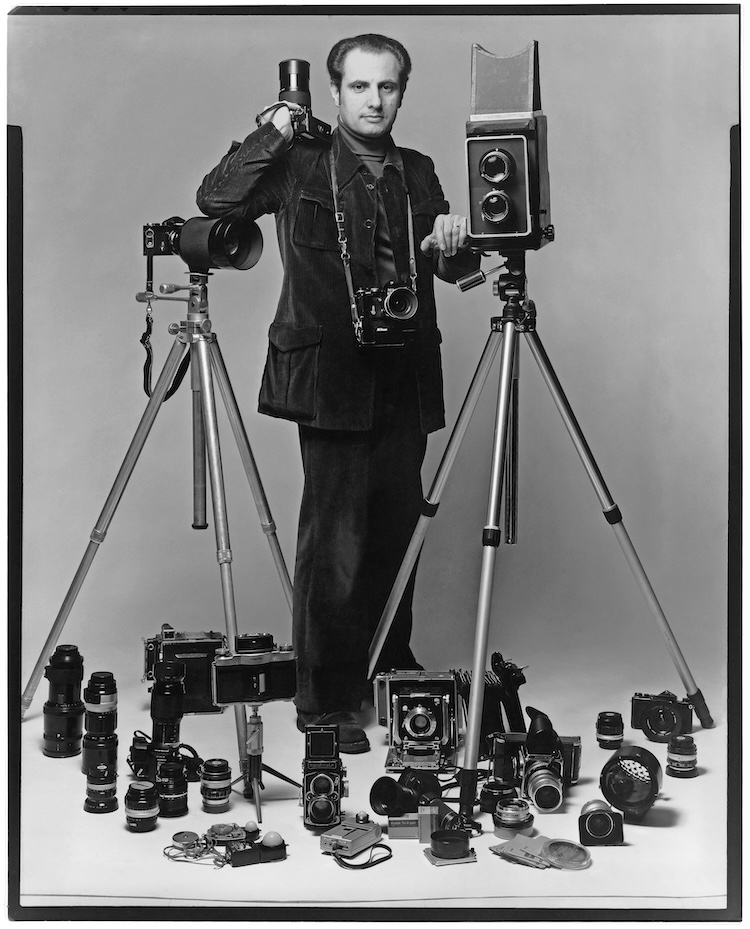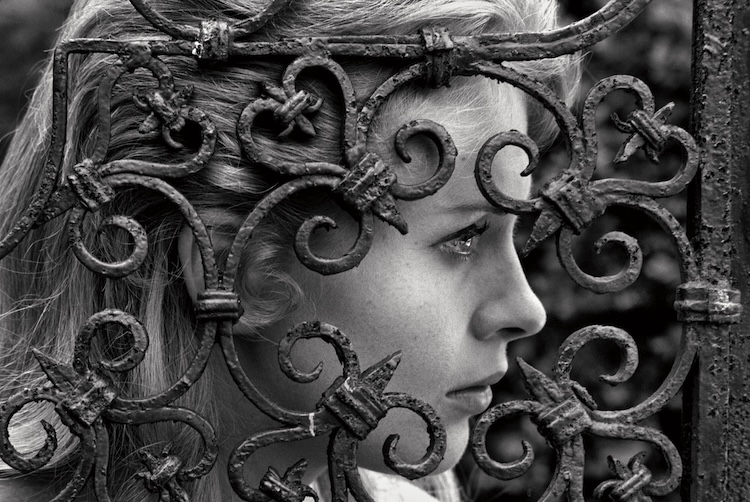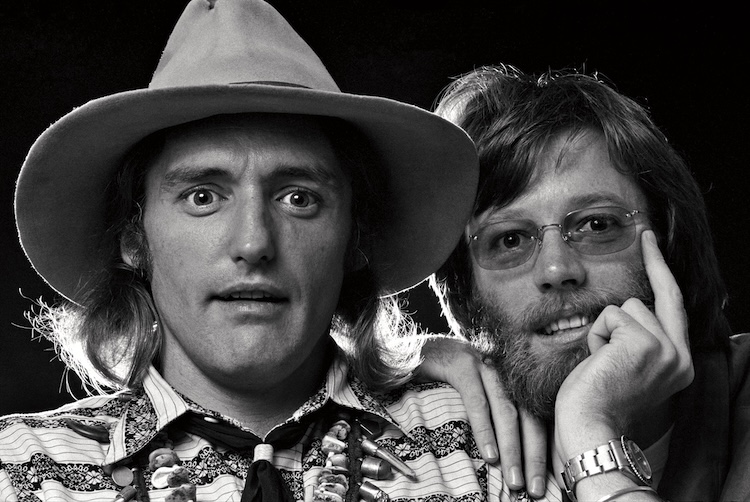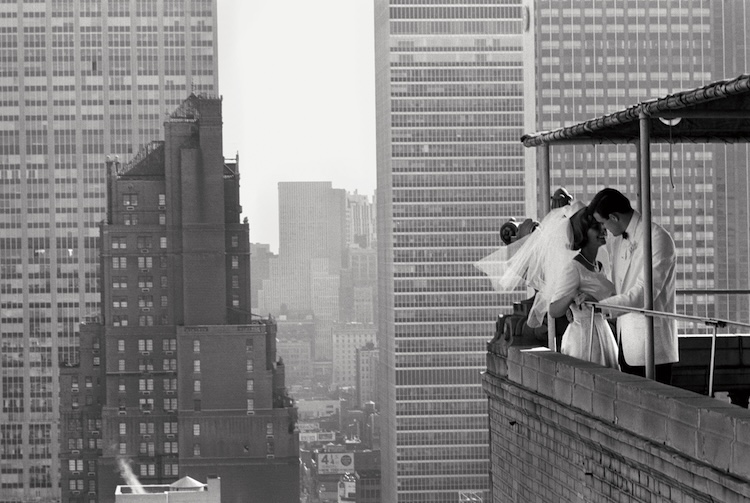Featuring 170 of the late press photographer Henri Dauman’s unpublished images, “The Manhattan Darkroom” retrospective studies New York City and the USA at a crucial point in history.
French by birth and a New Yorker by adoption, magazine photographer Henri Dauman (1933-2013) had a unique perspective of two very different worlds. But his work was not only shaped by this dual cultural imprint, it was also fortunate timing to be an eye witness to the times when America rose to global superpower status after World War II. Considering himself a storyteller with a camera, Dauman banned many of the historic key events and larger-than-life personalities on camera. Many of his photos went around the world but he always carefully guarded a treasure trove of unpublished work. 170 of these images, no less iconic than the famous ones, are now presented at the Charles Nègre Photography Museum in Nice through May 26, 2024. Titled “The Manhattan Darkroom”, the retrospective takes the public on a surprising journey through the United States of the mid 20th century.
To understand Henri Dauman means to know his background, which invariably informs his art. He was born in 1933 in the heart of Montmartre in Paris. The early years of his life are marked by the deportation of his father to Auschwitz and the premature death of his mother by poisoning in 1946. Orphaned, Henri Dauman immigrated to the United States in 1950. Joining his uncle in New York, he settled there with his camera to start his career as a photographer.
As a correspondent for French and international media like France-Amérique, Epoca or Paris Match, he joined a flourishing roster of American news magazines, keeping a freelance status which also allowed him to work for the New York Times’s culture supplement. Henri Dauman’s qualities – bilingual, enthusiastic, and with a personal style – were widely appreciated. Magazine editors who praised his subtle and efficient sense of composition, his close relationships with his subjects and his sense of narration entrusted him with many covers and colour series.
In his role as prolific news photographer, Dauman documented everything: the advent of a dynamic and thriving artistic scene, represented by Andy Warhol’s first exhibitions and the beginnings of Minimal Art… the flourishing avant-garde embodied by Merce Cunningham, Philip Glass or Walter Carlos… experiments with new forms of political marketing à la John V. Lindsay and John F. Kennedy… the increasingly fast-paced 1960s, when women, African- Americans and other minorities take to the street to claim their rights… New York has always been a crucible for transformation, and Henri Dauman’s work echoes these changes.
Dauman was fascinated by America – astonished, even. The first photos betray the young man’s amazement at the city’s power and architectural elegance. Later on, with the photographs “New York, Looking up” (1960) – which becomes part of the permanent collection at MoMA – and “Roof top living in New York” (1963), Henri Dauman never ceased to picture the only city that mattered to him: the Big Apple. Settling in the Upper West Side, he captured the neighbourhood’s casual and uninhibited spirit in his photographs. In the Bronx, he depicted a completely different world, with « The Savage Nomads Gang » (1977), picturing rebellious youth inventing their own codes.
Dauman’s portraits were particularly appreciated by the media. He used both colour and black and white cameras to evoke his subject’s true nature getting as close as he could to people’s identities and creating biographic portraits. He constantly strove for images that were more than mere illustrations. His portraits of women (Jane Fonda, Brigitte Bardot, Jean Seberg, and Marylin Monroe) are filled with a particular tenderness: the viewer is alone with the iconic stars. This feeling of closeness also transpires, rather unexpectedly, from his photos of male figures such as Jean-Luc Godard, Eugene Ionesco, Elvis Presley or Alain Delon.
Henri Dauman often resorted to cinematic techniques – sequences, short cuts, close-ups, fade to black, play with light – so that the image, the caption and the text all became one. The layout of the magazines often echoed the efficiency of American films. This particular style is more than a homage: it is a response to the growing competition of emerging media.
Ironically, Dauman’s work reached its acme (JFK’s funeral in 1963) precisely when television became all-encompassing, bringing the golden age of magazines to its end.
Henri Dauman’s photographic work sheds a new light on America. Shot at a key moment of transition between generations, as the United Stated were renewing their ideas, their form and their models, Dauman’s work offers contrasted representations of doubt, empowerment and hope. This is the vision of a man whose original path and true eye put him in a privileged position to tell the story of modern America.
This exhibition was originally created in 2014 at the Palais d’Iéna in Paris and at the Nicéphore Niépce Museum in Chalon-sur-Saône. The Nice retrospective marks the last collaboration with the photographer, who passed away in his beloved New York on September 13, 2023.
Retrospective “The Manhattan Darkroom : Henri Dauman photographies”
Musée de la Photographie Charles Nègre
17 February – 26 May 2024
Musée de la Photographie Charles Nègre de Nice
1, Place Pierre Gautier – 06300 Nice
Tél. : +33 (0)4 97 13 42 20
E-mail : musee.photo@ville-nice.fr
All photos courtesy Musée de la Photographie Charles Nègre de Nice






Leave a Reply